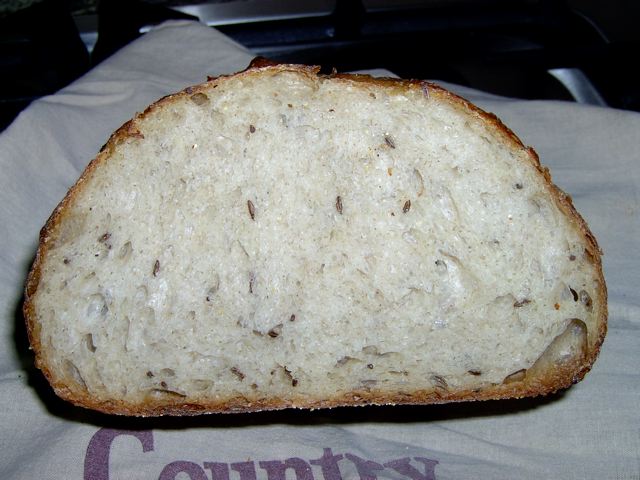Susan's Sourdough, variation
After a spell of no baking (tree pollen allergies) I needed a loaf for supper with the family. What else but Susan's Trusty Sourdough? This time I added 1/4 cup of steelcut oats and 1T of flaxseed meal and it made a beautiful loaf. Being a slow learner I was probably the only member of TFL who didn't know that 3 parallel slashes across a boule will transform it into a batard! It was so popular that the "gannets" took the rest of it home with them, along with the pasta! Thanks yet again, Susan, A
- Log in or register to post comments
- 5 comments
- View post
- AnnieT's Blog

